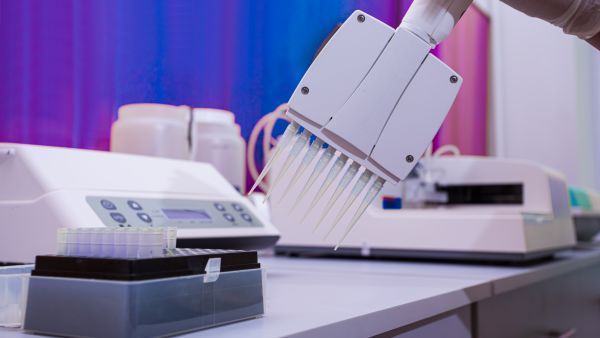ALBAWABA - In a groundbreaking development in the realm of medicine, researchers from Tufts and Harvard Universities have unveiled a pioneering study introducing tiny bio-robots capable of potential applications in wound healing and tissue repair. These anthrobots, as thin as a human hair, are crafted in the lab using human cells, specifically sourced from the respiratory tract.
The movement of these miniature bio-robots is orchestrated by microscopic hairs known as "cilia," sourced from the human trachea. Unlike their natural function in clearing respiratory pathways, these trachea-derived cilia emulate their natural counterparts, facilitating movement among cells.
The researchers simulated an "open wound" in laboratory conditions by deliberately inflicting scratches on human neurons, paving the way for anthrobots to showcase their healing capabilities. Clustered in a confined area, the anthrobots effectively bridged the gap between neurons, contributing to the recovery of the simulated wound.
The intricate details of how neurons grow in response to anthrobot interaction are still under exploration. Nevertheless, experts foresee vast potential for these bio-robots in addressing wound healing, tissue regeneration, and the treatment of neural disorders within the brain
Professor Michael Levin, at the helm of the study, expressed astonishment at the unaltered autonomous movement of trachea-derived cells, deeming it a "captivating and unforeseen development." Importantly, he highlighted that the anthrobots, being cultivated from an individual's own cells, would not provoke an immune response, eliminating the necessity for immune-suppressing medications during treatment. This groundbreaking research opens new avenues for medical advancements, ushering in a potential era where bio-robots revolutionize healthcare practices.










